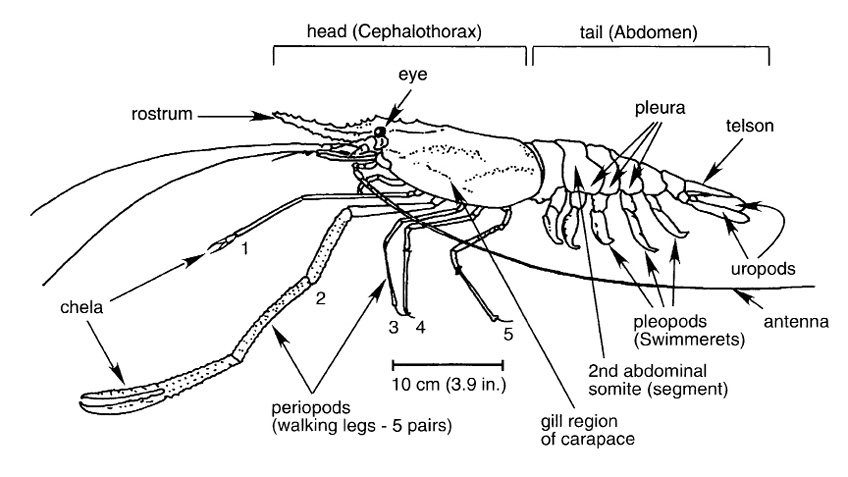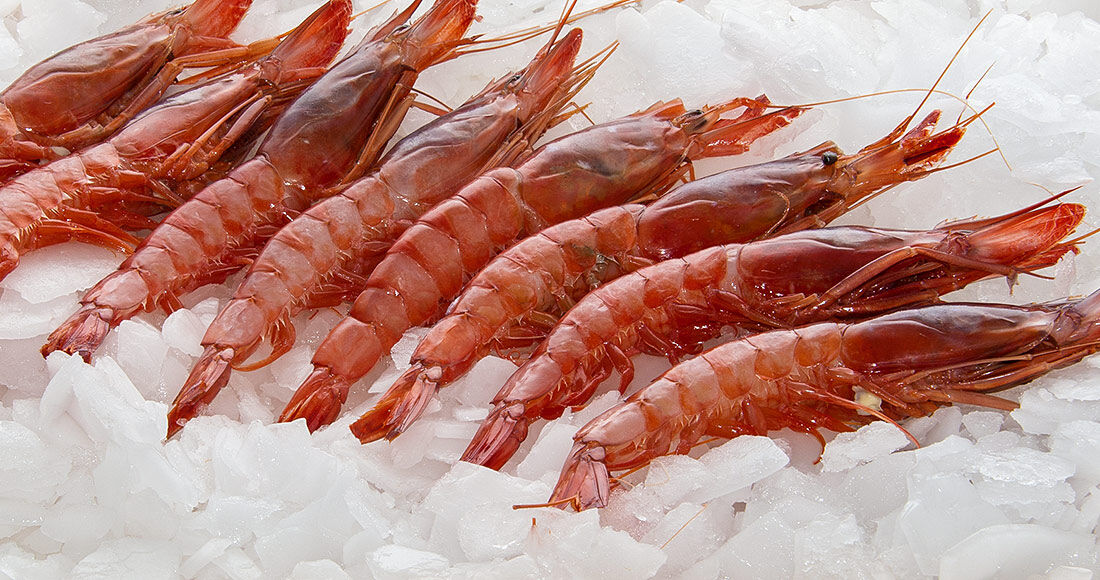
What are prawns aren't they the same as shrimp?
Prawns and shrimp are both delicious crustaceans that often find their way onto seafood menus, but despite their similar appearance, they have distinct characteristics that set them apart. Prawns typically belong to the larger species of crustaceans, featuring a longer body and legs compared to shrimp. Their flavor is often described as sweeter and more robust, making them a popular choice in various culinary dishes. On the other hand, shrimp are generally smaller in size, with a more delicate taste. One key difference lies in their gill structure—prawns have branching gills, while shrimp have lamellar (plate-like) gills. Although the terms "prawns" and "shrimp" are sometimes used interchangeably, their differences in size, flavor, and anatomy contribute to unique culinary experiences for seafood enthusiasts around the world.
What reasons justify the importance of cultivating prawns locally?
Shrimp cultivation in the United States is a niche market dominated by a few companies, leading to the importation of most prawns. Unfortunately, overseas prawn farming lacks regulation, resulting in destructive practices like indiscriminate netting and environmental pollution. Unregulated farms may also engage in inhumane practices. Despite these challenges, local prawn cultivation can bring economic benefits such as job creation, increased revenue, and new food sources, contributing positively to our communities.
Prawns
Conditions Optimal for Prawns
Water Quality
Prawns are highly sensitive to water quality. Ensure that
the tank water is well-filtered and regularly tested for
parameters like pH, ammonia, nitrites, and nitrates.
Salinity
Prawns are often found in brackish water or marine
environments. Adjusting the salinity of the tank water to
match their natural habitat is essential. Salinity levels
can vary among different prawn species.
Temperature
Prawns thrive in specific temperature ranges depending on
the species. Generally, they prefer water temperatures
between 75°F to 85°F (24°C to 29°C). Maintaining a stable
temperature is crucial for their well-being.
Substrate
Prawns prefer a substrate that mimics their natural
environment, such as sand or gravel. This substrate should
also support the growth of beneficial bacteria for
biological filtration.
Aeration and Oxygenation
Ensure proper aeration and oxygenation of the tank.
Prawns, like other aquatic organisms, require sufficient
oxygen levels for respiration.
Feeding and Nutrition
Provide a well-balanced diet that meets the nutritional
needs of the specific prawn species. Consider factors
like protein content, vitamins, and minerals. CLICK HERE
FOR A RECIPE.
Lighting
While lighting is not as critical for prawns as it is for
some other aquatic species, a natural day-night cycle or
subdued lighting can be beneficial.
Water Flow
Prawns often come from areas with some water movement.
Mimic this in the tank by providing gentle water flow,
which aids in waste removal and promotes a healthy
environment.